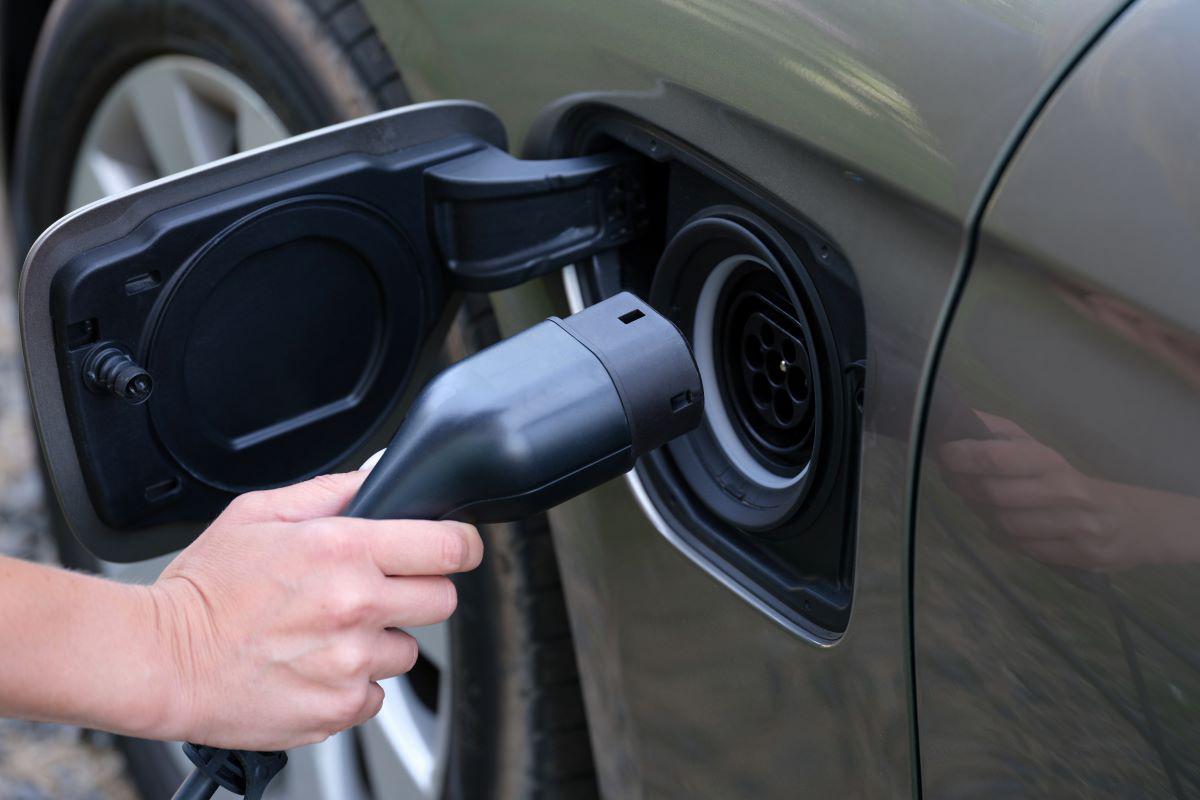If you’ve recently bought an electric vehicle or plan to, you’ve probably thought about charging it at home. Installing a charger takes more than just plugging it in. At Mister Sparky® in Ocean County, NJ, we help homeowners achieve charging capability confidently and safely. If you're wondering where to start, here's a breakdown of what it takes to get your home EV-ready.
Understanding Your Charging Needs
It’s important to think about your driving habits when installing a residential EV charger. If your car stays local most of the time, you drive short distances, and you plug it in each night, a slower Level 1 charger might be enough—especially for plug-in hybrids or very light daily driving. But if you commute longer distances, drive frequently, or often start with a low battery, you’ll want something faster. A Level 2 charger can give you a much fuller charge overnight without stretching the clock. Think about where you usually park your vehicle. You’ll want the charger close to your electrical panel to minimize installation costs. If that setup isn’t straightforward, you might need a longer cable, some wiring upgrades, or even trenching for outdoor setups. The goal is to make charging easy for your space and your routine.
Difference Between Level 1 and Level 2 Charging
Level 1 chargers usually come with the car. They plug into a standard 120-volt household outlet and deliver a slow, steady charge—about four to five miles of driving range per hour. That pace works for hybrids or very short commutes but may be impractical for fully electric vehicles with heavier daily use. Level 2 chargers, on the other hand, use a 240-volt outlet—similar to the kind used for dryers or ovens, though often requiring a dedicated NEMA 14-50 outlet or hardwired connection. The jump in speed is significant: you can get up to 25 miles of range per hour, which means nearly a full charge while you sleep. This speed is ideal if you forget to plug in until late, have multiple drivers sharing a vehicle, or regularly need a quick turnaround between trips.
Electrical Panel Considerations and Upgrades
Before installing a Level 2 charger, your electrical panel should be inspected. Some older homes have panels that are already at capacity. Adding an EV charger means adding a dedicated circuit sized for continuous load at 125% of the charger’s maximum draw (per NEC 625), and that may require upgrading the panel. Even if your panel is up to date, distance matters. The farther your charger is from the panel, the more complex the wiring becomes. You may need conduit, wall work, or trenching to run the cable cleanly and safely—especially for outdoor installations.
Where to Install Your EV Charger for Everyday Use
Most homeowners install chargers in the garage for protection from the elements and convenient cable storage. If you don’t have garage space, a weather-rated Level 2 charger can be mounted outdoors on an exterior wall or post near a driveway or carport. Outdoor chargers in NJ must meet National Electrical Code weatherproofing standards and be GFCI-protected for personnel safety. You’ll also want a weatherproof cover, secure mounting, and good lighting for nighttime use. A longer cable may be needed if your car’s charging port is far from the power source.
Permits and Local Codes You Should Know About
In most Ocean County municipalities, installing an EV charger requires an electrical permit. Local codes regulate wire size, breaker capacity, and charger placement, and an inspection is usually required after installation. This ensures safety, compliance, and long-term reliability. Check with your utility company before installation. Some providers offer rebates or incentives for specific charger types or for charging during off-peak hours. Others require notification so they can monitor neighborhood grid demand. These steps can help the installation go more smoothly and might even save you money.
Smart Chargers and Load Management Features
Smart chargers do more than fill your battery. They connect to apps so you can schedule charging times, track energy use, and avoid peak-rate hours—if your utility offers time-of-use pricing. Some smart chargers also feature dynamic load balancing. This means they can temporarily reduce charging speed if your home’s electrical demand spikes (for example, if you’re using your oven, AC, and laundry at the same time). This helps avoid tripped breakers or overloading your system. These features are not universal, so it’s worth asking your installer about them.
How Installation Costs Can Vary by Setup
Installation costs vary widely based on your home’s electrical system, panel location, and where you want the charger installed. A basic setup with the panel close to the charger location might take just a few hours. But if you need a panel upgrade, long conduit runs, trenching, or a custom mount, costs will rise. You’re not just paying for the charger—you’re paying for a safe, code-compliant installation with proper wiring, grounding, and circuit protection. Some New Jersey residents may qualify for utility rebates, and certain households in designated low-income or non-urban census tracts may qualify for a federal tax credit under the 30C provision. Always confirm eligibility before counting on incentives.
Why EV Charger Installation Isn’t a DIY Job
EV charger installation involves high-voltage equipment and strict code requirements. A licensed electrician ensures the system is wired, grounded, and protected correctly—and keeps your manufacturer’s warranty intact. Most EVSE manufacturers require proof of professional installation for warranty coverage. Hiring a pro also gives you someone to call for future troubleshooting or maintenance. While DIY might seem tempting, mistakes can lead to costly electrical damage or even safety hazards.
Install Your Home EV Charger Today
Adding a home EV charger doesn’t have to be complicated. With the right setup, your vehicle charges faster, safer, and without the hassle of public stations. We also offer generator installation, smoke and CO detector services, and surge protection to help you power through any weather safely and confidently. Whether you’re upgrading your panel or installing a Level 2 charger, the team at Mister Sparky® in Ocean County is here to help.















